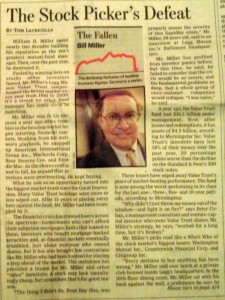Virtually all of us have been touched to some extent by the decline in stock prices and asset devaluations (houses). I recently was talking to someone and they mentioned this thought experiment:
What if you had spent all the money that was lost in the recent market declines instead of watching it fall in value?
I was walking through River North last weekend when my personal answer sat on the curb right in front of me – a brand new Nissan GTR, valet parked by a high-end restaurant and club. Sure it has a sticker price above $70,000, but it is about the fastest thing on the road and has a great control layout and is a Nissan, to boot (so it likely won’t end up being a rolling pile of junk after a few years).
Of course, this is now fantasy-land, since reality binds me to the GTR’s all-too-practical sibling, a 1999 Nissan Altima, nearing a decade in service but still reliable and practical for the almost no driving I do in the city.
Not that I am encouraging this type of thinking (spend it now because it is falling in value), because it is critical for everyone to keep a long term perspective and to plan for the future. These market losses are discouraging but this is life and we need to keep marching ahead and learn from our failures. It is likely that high government spending and large deficits will mean that relying on social security, always a bad plan, will become even less viable, since all the other spending will crowd out this benefit.
But it is a fun thought experiment, especially when it is sitting on the curb, right in front of you…
Cross posted at LITGM



